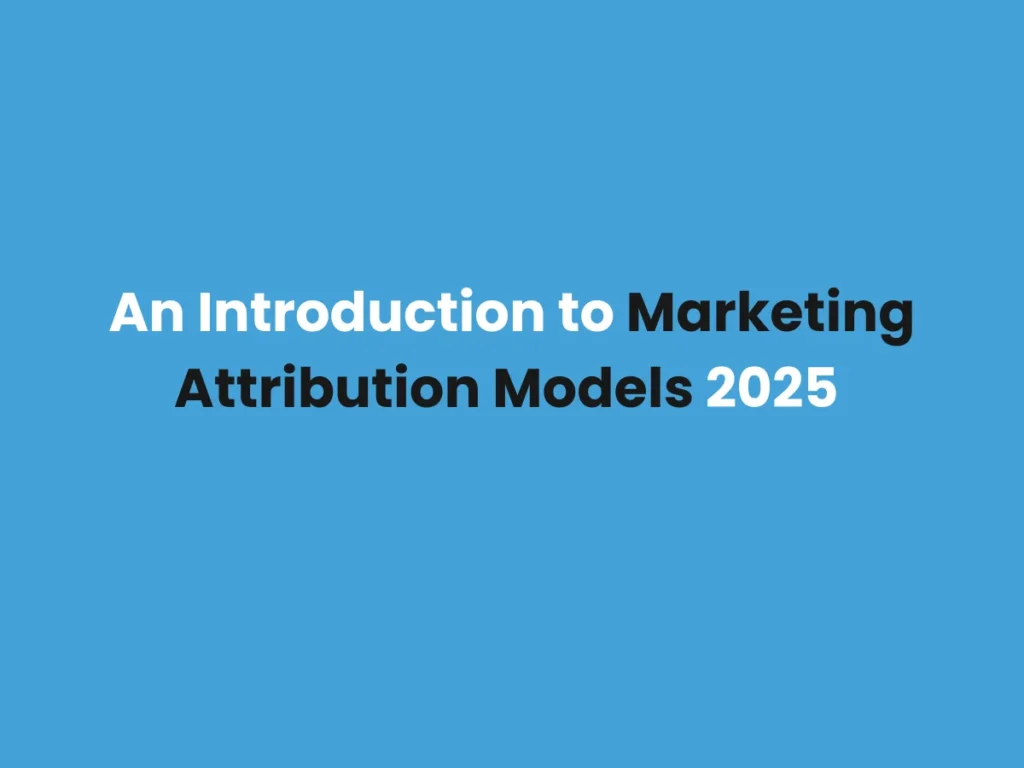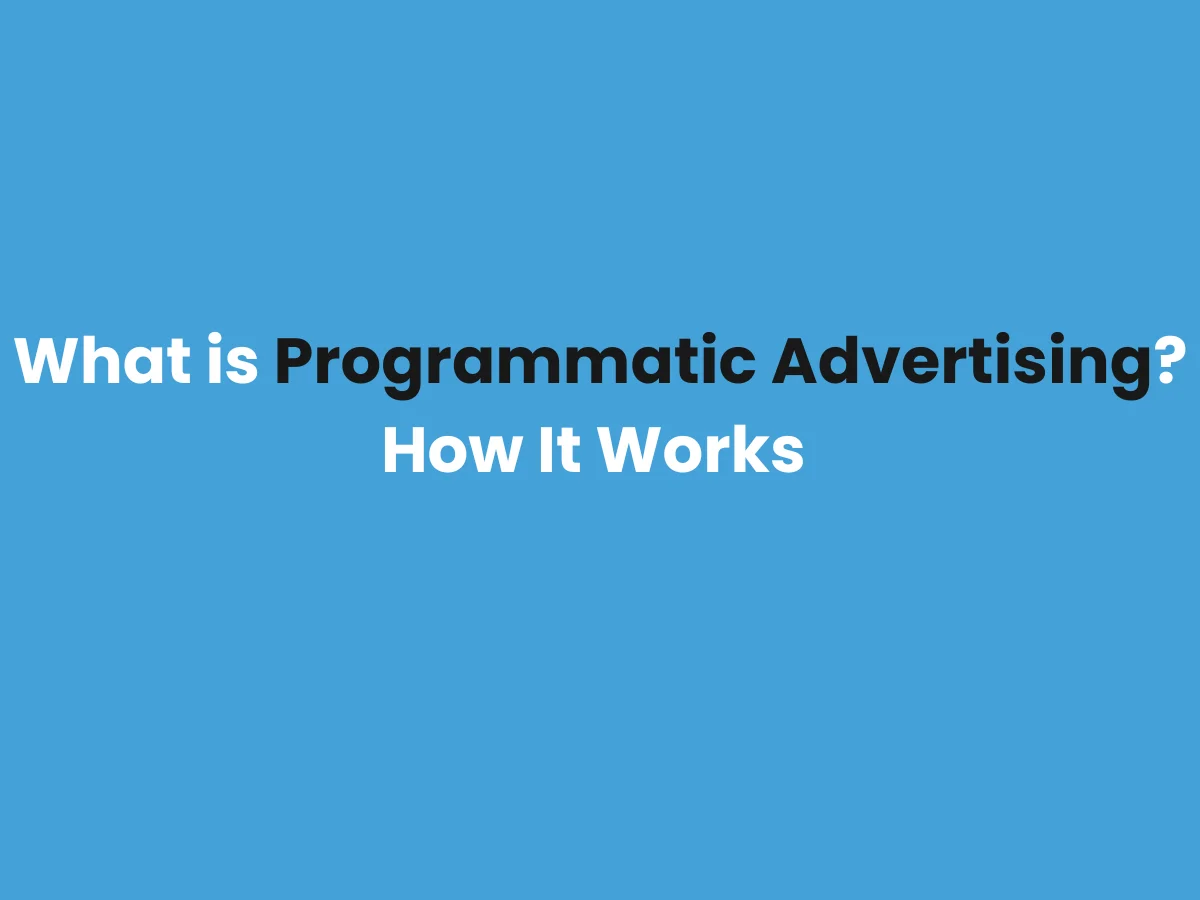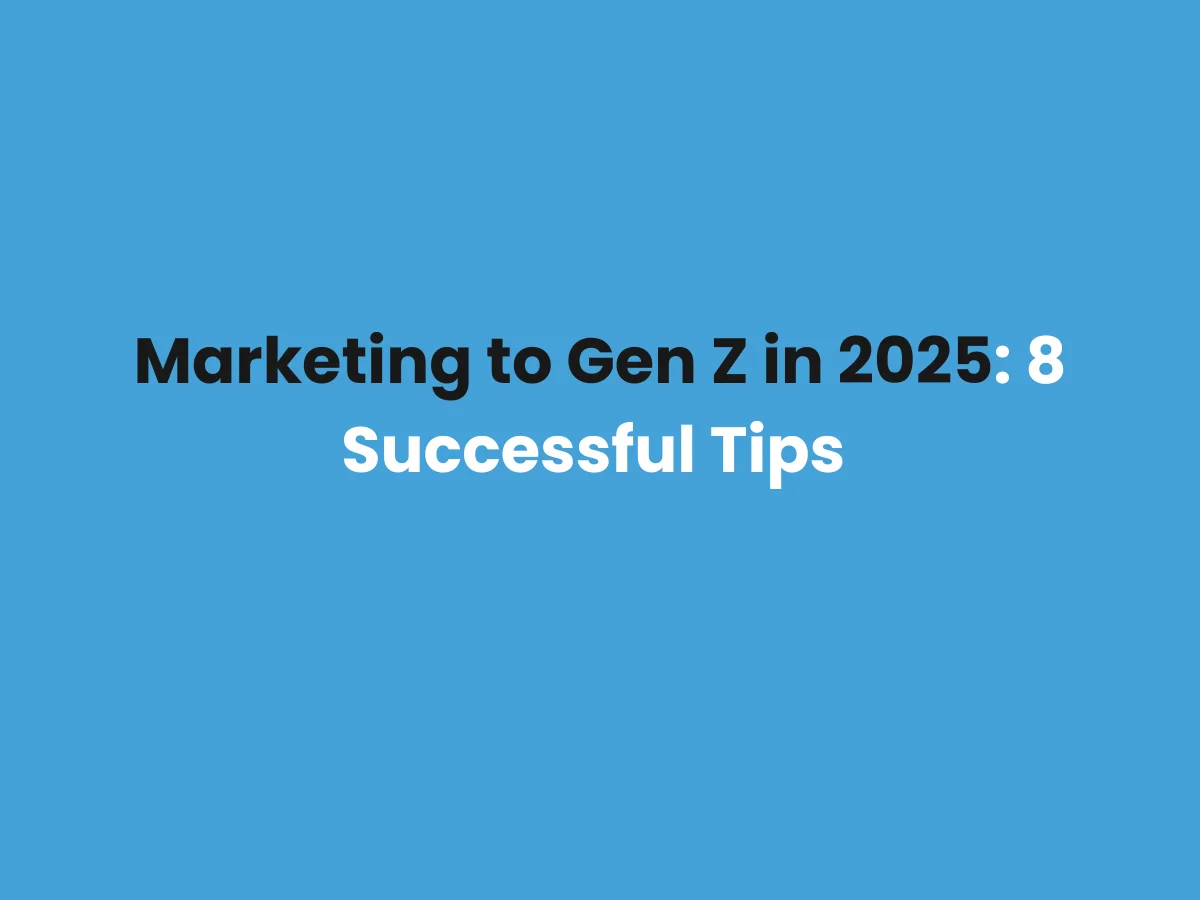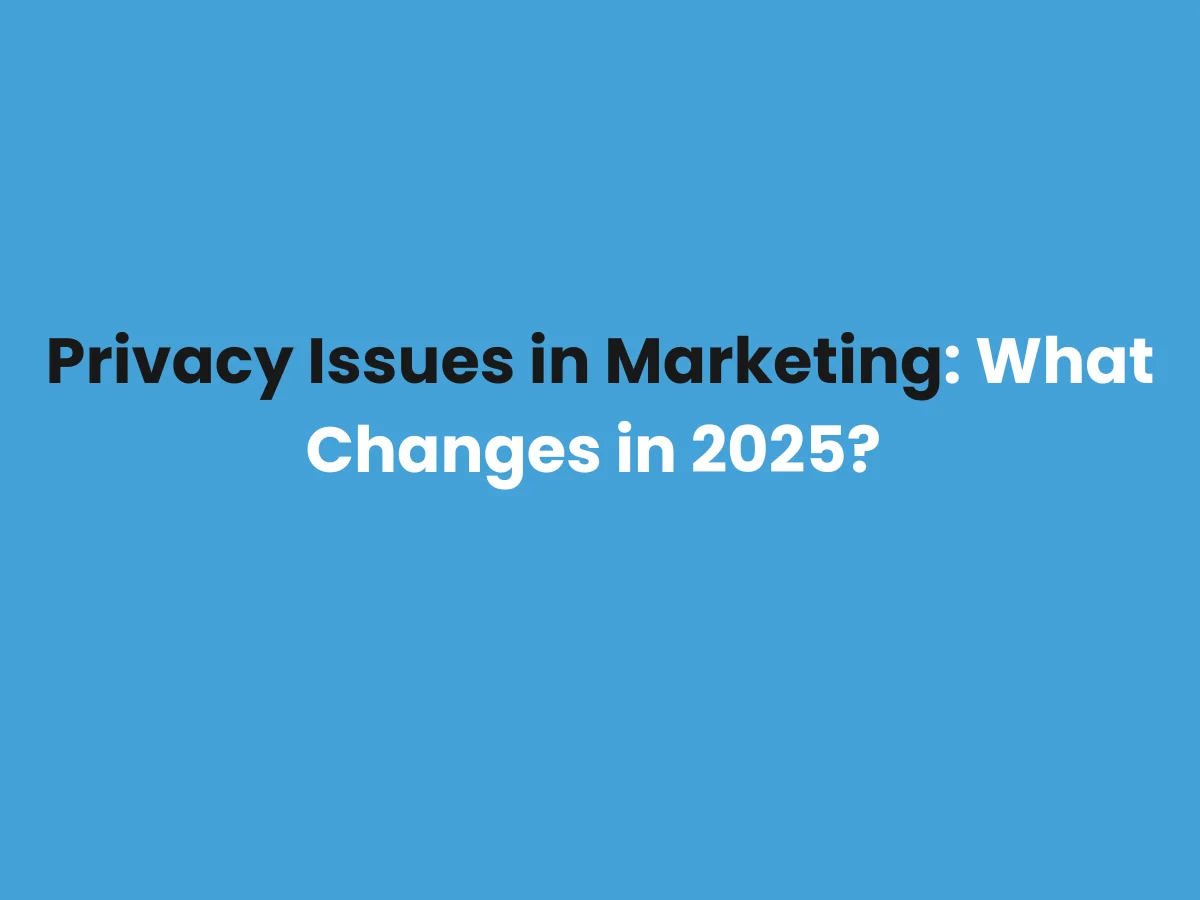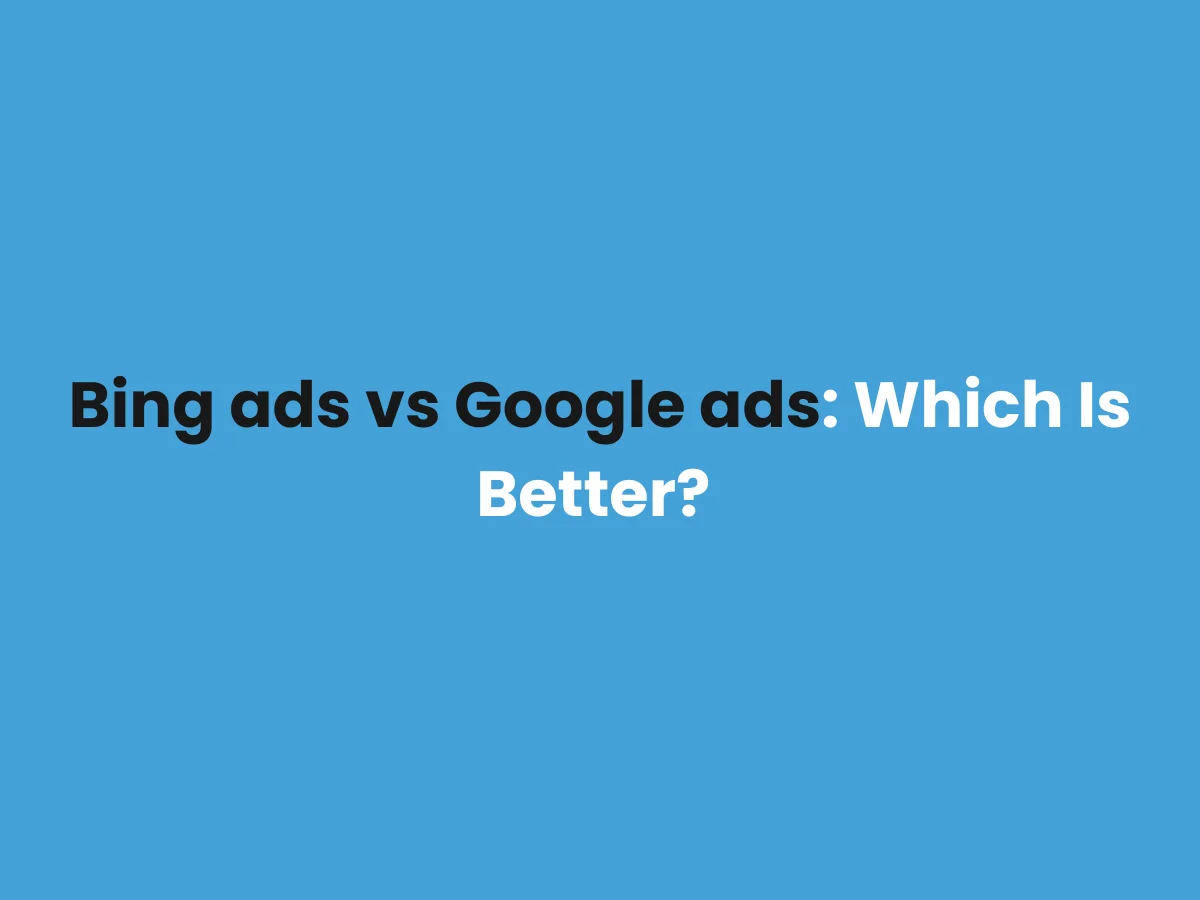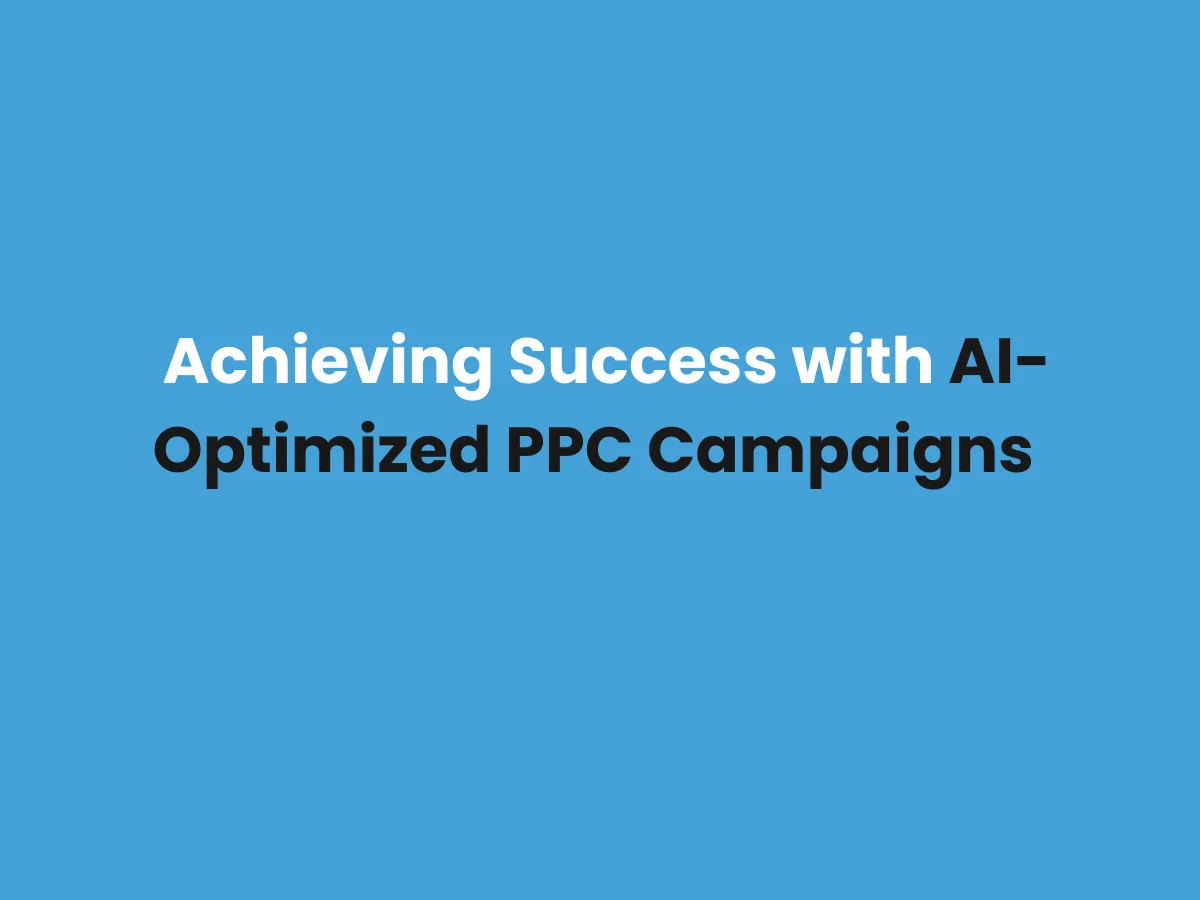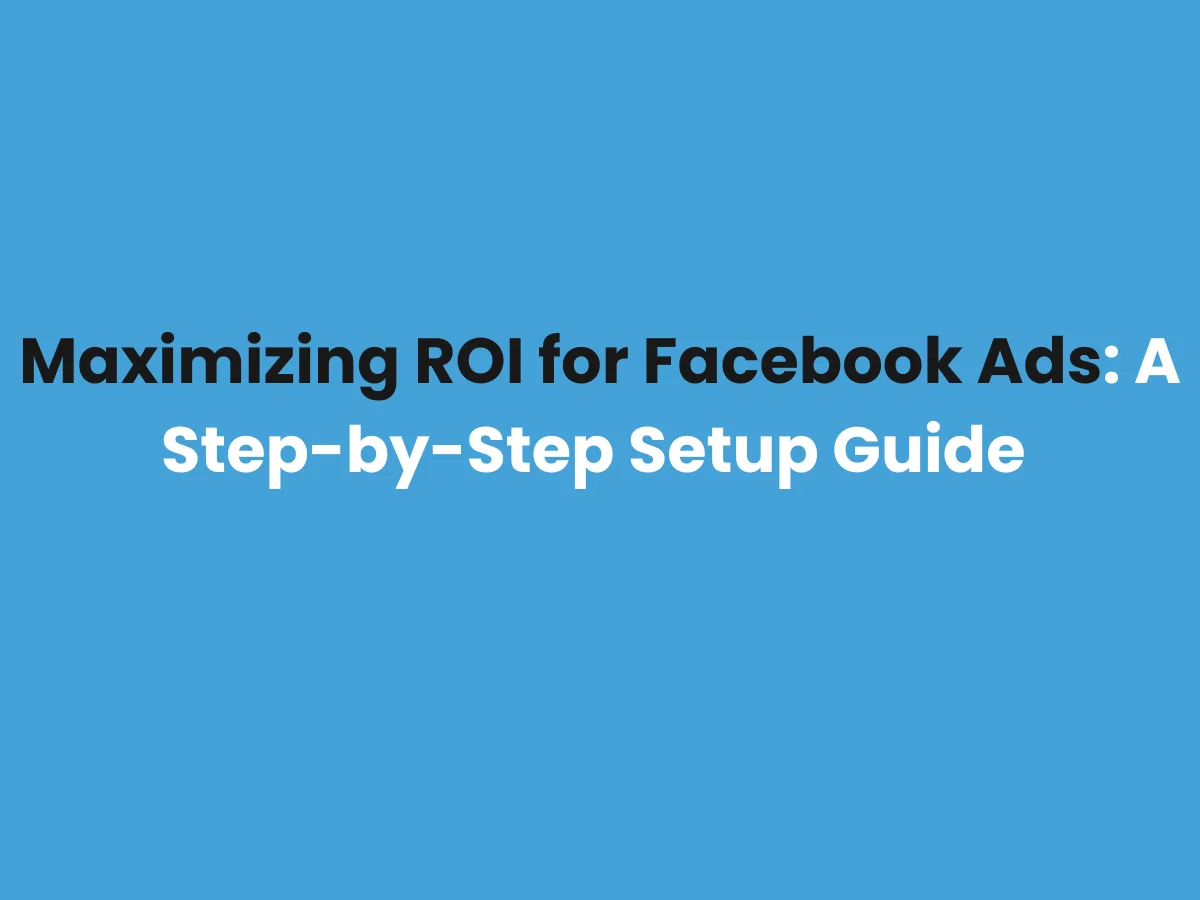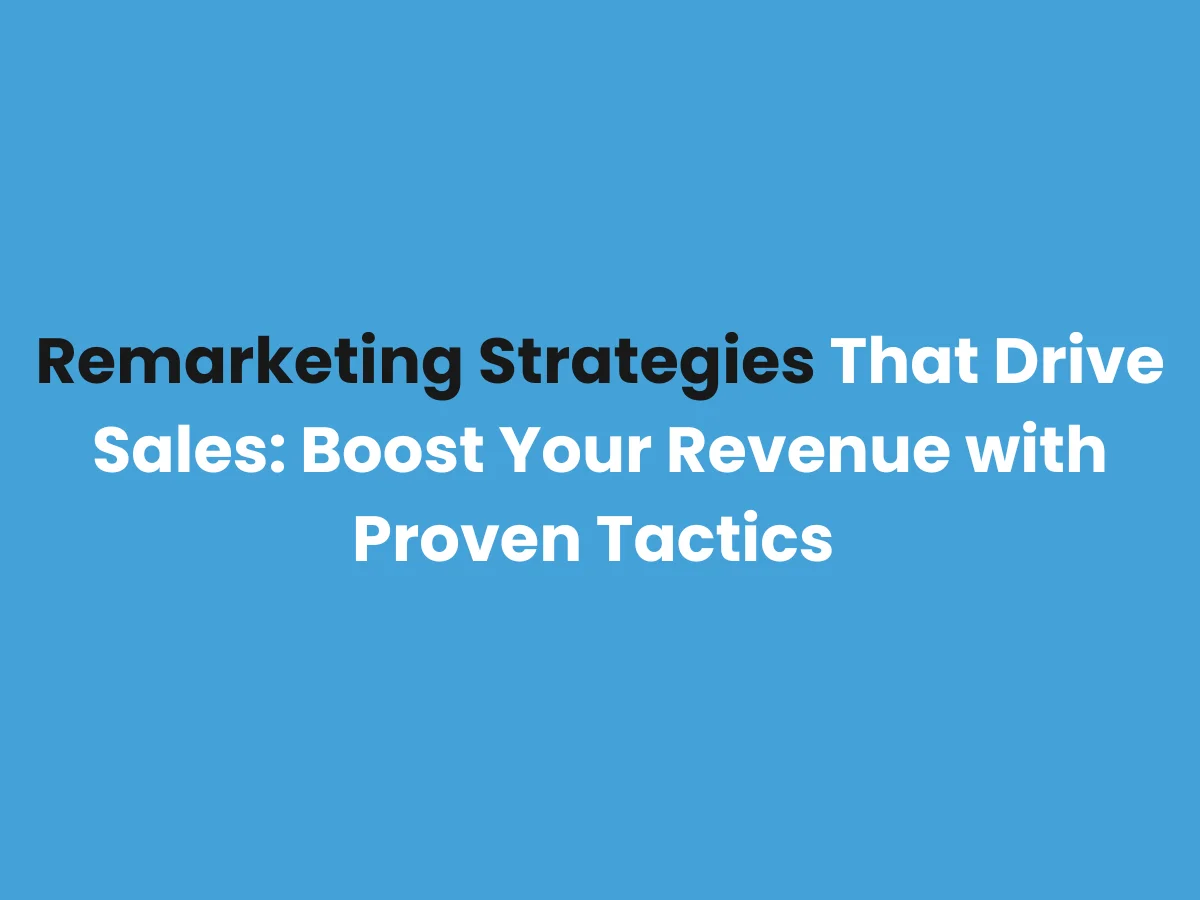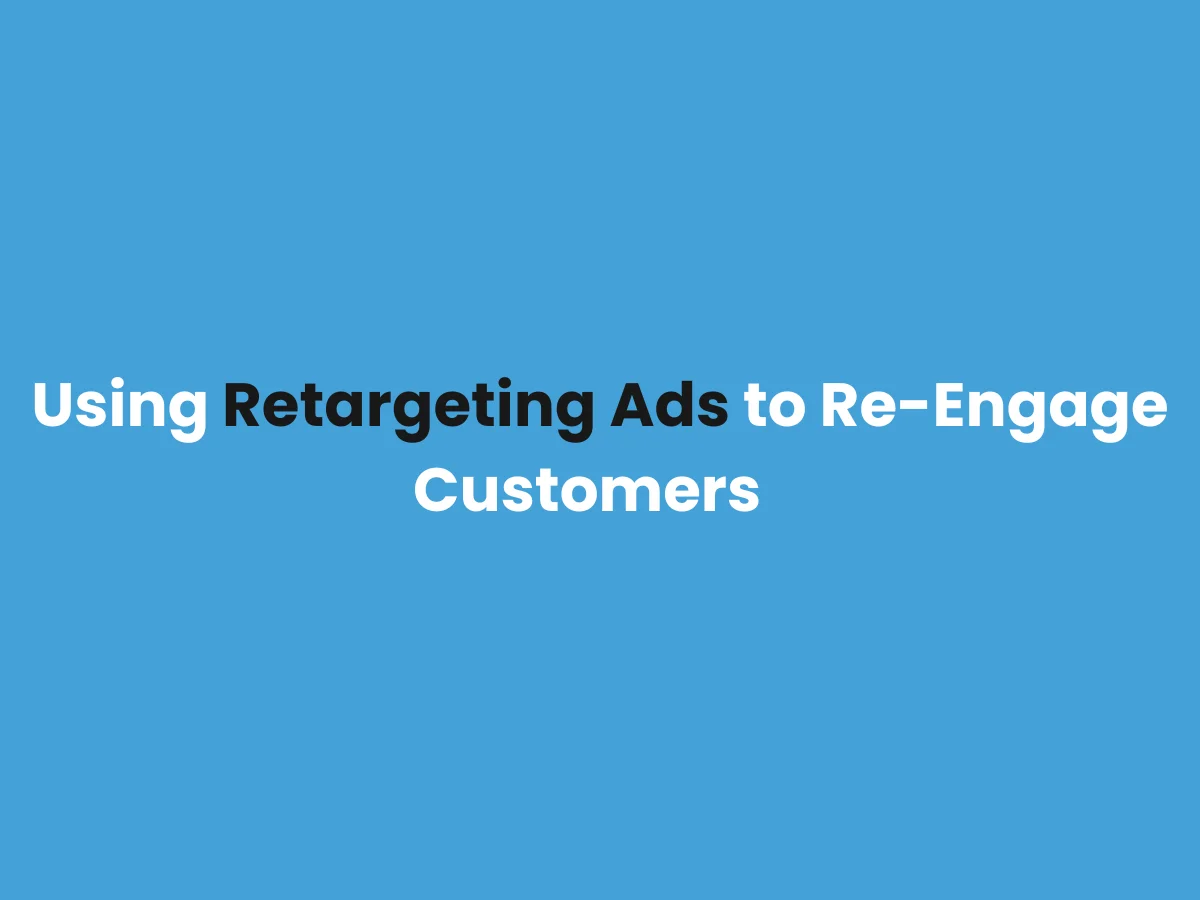In today’s data-driven marketing landscape, understanding how different channels contribute to conversions is crucial. Introduce Marketing Attribution Models frameworks which are then used to help marketers understand the customer journey and the attribution of success to certain points. By using such models, various companies can fine tune their approaches and much of their money towards their various objectives and increase their ROIs.
Moving further with Marketing Attribution Models, let’s discuss what they are; their types; why they matter within the context of the future; and how you can leverage them to your advantage in 2025.
What Are Marketing Attribution Models?
Marketing attribution models are conceptual tools for how credit for conversions ought to be allocated to different customer touchpoints. Some of the touchpoints include social media adverts, social media campaigns, search engine, paid search and others. The aim is find out which of these are effective and inform the next course of action in subsequent marketing communication.
Such simplification of customer journeys indicate that the use of complex Attribution Models help capture what combination of channels work effectively, as well as which do not, within such environments.
Why Are Marketing Attribution Models Important in 2025?
In 2025, marketing campaigns are more multi-faceted than ever, involving:
- Cross-device interactions.
- Diverse platforms like TikTok, LinkedIn, and YouTube.
- Advanced analytics powered by AI and machine learning.
With this complexity, using Attribution Models helps:
- Identify high-performing channels.
- Reduce wasted ad spend.
- Create more personalized marketing experiences.
Types of Marketing Attribution Models
There are several types of Attribution Models, each with its strengths and weaknesses. Here are the most common ones:
1. First-Touch Attribution
This model attributes all credit for a conversion to the first touchpoint in the customer journey. It’s ideal for businesses focusing on brand awareness but can overlook the impact of other channels.
2. Last-Touch Attribution
In this model, the final interaction before conversion gets all the credit. It’s straightforward but may not account for the earlier efforts that nurtured the customer.
3. Linear Attribution
This model distributes credit equally across all touchpoints. It’s a balanced approach but doesn’t emphasize the importance of any single interaction.
4. Time-Decay Attribution
Time-decay attribution assigns more credit to touchpoints closer to the conversion event. It’s useful for understanding the final stages of the funnel but can undervalue early interactions.
5. U-Shaped Attribution
Also referred to as the position-based attribution, this model provides a 40% share to the first and the last points of contact, leaving 20% to he intermediate interactions. This is appropriate when organizations target markets that require prospects maintenance.
6. Data-Driven Attribution
This model uses AI and machine learning to review numerous numbers for extenuated determination of credit based on performance. It is the best option but time consuming and needs technical skills and huge resource input.
How to Choose the Right Marketing Attribution Model?
Selecting the best Marketing Attribution Model depends on:
- Business Goals: Are you prioritizing brand awareness, lead generation, or sales?
- Customer Journey Complexity: How many touchpoints are typical in your sales funnel?
- Analytics Capabilities: Do you have the tools and expertise to manage advanced models?
- Budget: Advanced models like data-driven attribution may require investments in technology.
Benefits of Using Marketing Attribution Models
1. Improved ROI
By understanding which channels drive results, you can allocate your budget more effectively and maximize returns.
2. Enhanced Customer Insights
Attribution models reveal customer behavior and preferences, enabling you to craft personalized marketing strategies.
3. Better Campaign Optimization
By identifying underperforming touchpoints, you can refine your campaigns for better results.
4. Competitive Edge
Businesses leveraging advanced Marketing Attribution Models gain a strategic advantage by optimizing their marketing mix.
Challenges in Marketing Attribution
Despite their benefits, Marketing Attribution Models come with challenges:
- Cross-Device Tracking: Customers are somewhat unpredictable while using modern devices, they can switch from one gadget to another which compromises tracking..
- Data Privacy Regulations: : Some laws like GDPR and CCPA restrict the ability to gather data also restricting tracking
- Complexity: It must be defined that the implementation and management of sophisticated models are possible only with successful technologies and tools.
Marketing Attribution in 2025: Key Trends
- AI-Powered Attribution: Artificial intelligence techniques will be used to learn the relationships between different information types and the outcomes that will follow.
- Real-Time Attribution: Businesses will increasingly adopt tools that offer real-time insights for immediate optimization.
- Unified Customer Views: Sites such as Facebook, Twitter, and Pinterest will help the company to obtain first-party customer data to supplement the company’s existing first-party data.
- Emphasis on Privacy: Marketers must balance effective attribution with compliance to data privacy regulations.
Conclusion
With the advancement of time, Marketing Attribution Models will always be a vital component of advanced marketing plans. These frameworks range from first touch to artificial intelligence based attribution to allow businesses to capture customer journeys and their performance.
In my experience, combining linear and data-driven attribution has yielded the best results. It provides a balanced perspective while leveraging AI insights for precision.
Now it’s your turn: Which Attribution Models have you used, and how have they impacted your campaigns? Share your thoughts in the comments below!
Read Also: Best Analytical Tools for Marketing 2025

